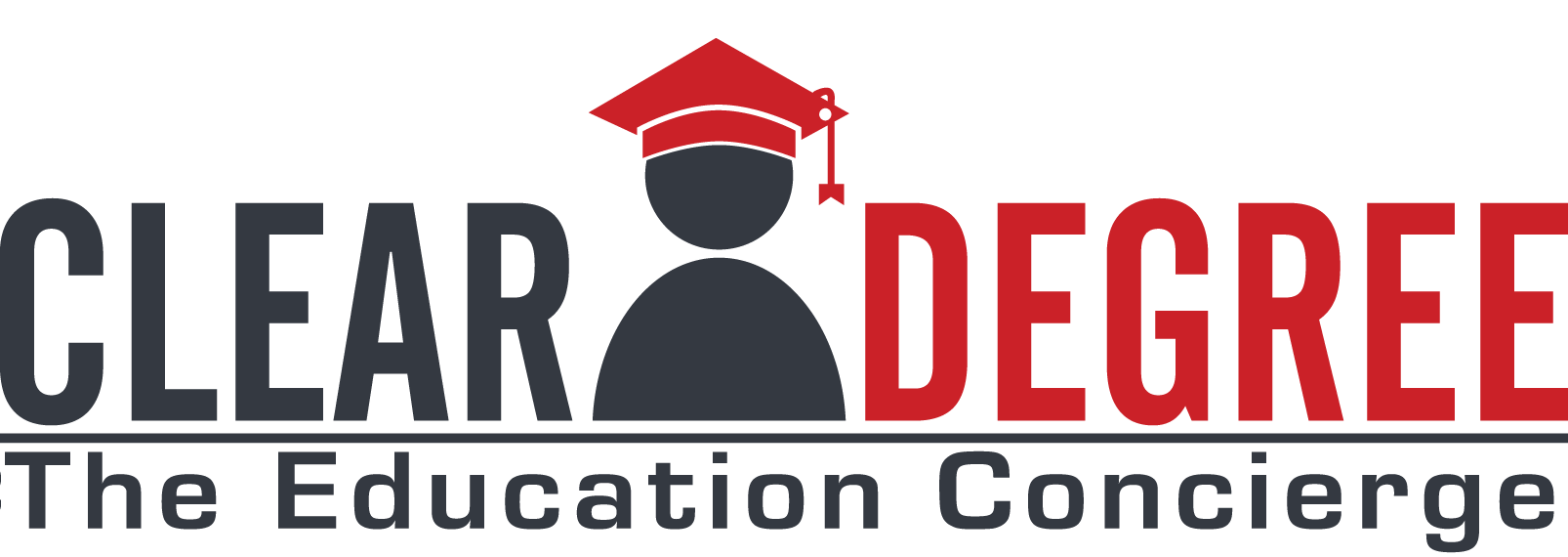Is Your Company’s Tuition Assistance Program Leaving Money on the Table?

If your company has a program that truly focuses on the “assistance” part of “tuition assistance” you’ll be hard pressed not to see results. From the fiscal ROI of your investment to the investment you make in your employees’ professional development, the “assistance” speaks volumes about the efficacy of your TA program.
This rather rudimentary method of measurement looks at the percentage of total tuition that your TA program covers. The higher the percentage, the greater the “assistance” that you’re providing. That number can shed light on the answers to two fundamental questions:
- How important is the company to the employee’s degree goals?
- How effective is the company towards helping employees reach their degree goals?
Some companies have a tuition assistance program that covers a large percentage of tuition, in some cases 100%. Others have limited budgets that may help cover a fraction of tuition cost or just enough to cover textbooks.
In either case, the company may be spending inefficiently because they aren’t taking advantage of the choices, flexibility and options available in today’s higher ed space.
The Concierge Assistance Difference Let’s say for example, two employees in an HR department are looking to finish their Bachelors degree as part of their management path. (In this case there isn’t a huge emphasis on brand, the focus is on getting a quality credential at an affordable price.) The company provides $5200 per year towards a degree and is willing to cover up to 4 years in a grad degree program for a total of $20,800 for each employee.
Employee #1 made a quick decision on an online degree program based on a TV commercial. She went to the website, filled out an information form and the next day was enrolled without discussion of any transfer credits, program options or even the total tuition. The focus was on getting started as quickly as possible. Total cost for the degree – $58,500.
Employee #2 used a consulting approach, getting support on researching online programs based on her profile and preferences. The focus was on getting her degree program finished as quickly as possible. She chose a program with the same accreditation, level of brand and quality as employee #1. She also took advantage of her transfer credit options, carefully selecting a program based on acceptability of her previous 9 credits as well as 9 credits from alternative sources. Total cost for the degree – $35,700.
Employee #1 will end up spending nearly $38,000 out of pocket towards their degree. Employee #2 will end up spending far less, a total of just under $15,000. The company is “assisting” employee #1 at a rate of 36% but is helping employee #2 at a rate of over 58%!https://www.cleardegree.com/post/2018/09/18/5-tips-for-turbocharging-your-tuition-assistance-program
In addition, employee #2 could choose to finish her degree program in just 3 years, get to her career goals even faster and still end up spending only around ½ of what employee #1 is spending.
While it may seem far-fetched, these are real examples that show how a tuition assistance program that is truly focused on “assistance” can provide resources that save real time and real money.
As more companies recognize TA programs a standard part of a compensation package, they are also starting to understand that there is a better way to approach tuition assistance and that a more customized approach to professional development benefits the organization and the individual.
———————————————————————————————————————————
ClearDegree is an education concierge partner that works with companies and their employees to tailor tuition assistance (TA) programs. We represent a smarter way to invest in education benefits by bringing degree programs to professionals and creating a short list of ideal opportunities that are cost-effective and relevant to corporate goals. Contact us to learn how you can provide a better tuition assistance program to your employees that results in higher completion rates of higher education degrees.
